

Why Functional Musculoskeletal Labs?
Biomechanical assessment of the musculoskeletal system is always a challenging work for specialized practitioners. Musculoskeletal chain is composed of several dependent rings which are in close physical interaction. Such a complex system needs an integrated multifunctional examining system that accurately assesses all the rings independently, and simultaneously considers them as connected components of a unique chain.

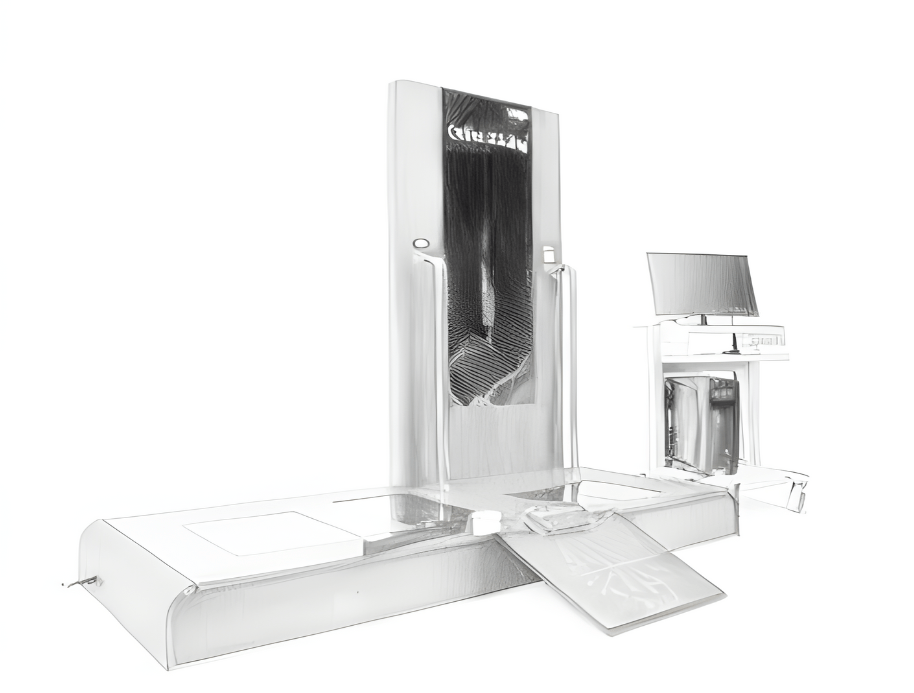
Ortho-Station
Ortho-Station, powered by ARAMED is an innovative platform which captures all aspects of the biomechanical chain through a fully predefined protocol. The user-friendly software guides user to have a comprehensive quantitative analysis on all rings of the biomechanical chain.
All clinical restrictions, including time and space limitations, economic efficiency, harmless examinations (X-ray free), ultimate accuracy and durability of hardware are guaranteed to provide the practitioner a wonderful experience.
Ortho-Station is For ...
01
Unlimited Access
Screening
02
Unlimited Access
Diagnosis
03
24/7 Online Support
Treatment
Ortho-Station Steps
Dynamic Pressure Analysis
- Foot pressure analysis during gait
- CoP Trajectories Analysis
- Center of Pressure Excursion Index
- Force, Pressure, Area Temporal Curves
- Frame by Frame Contours Survey
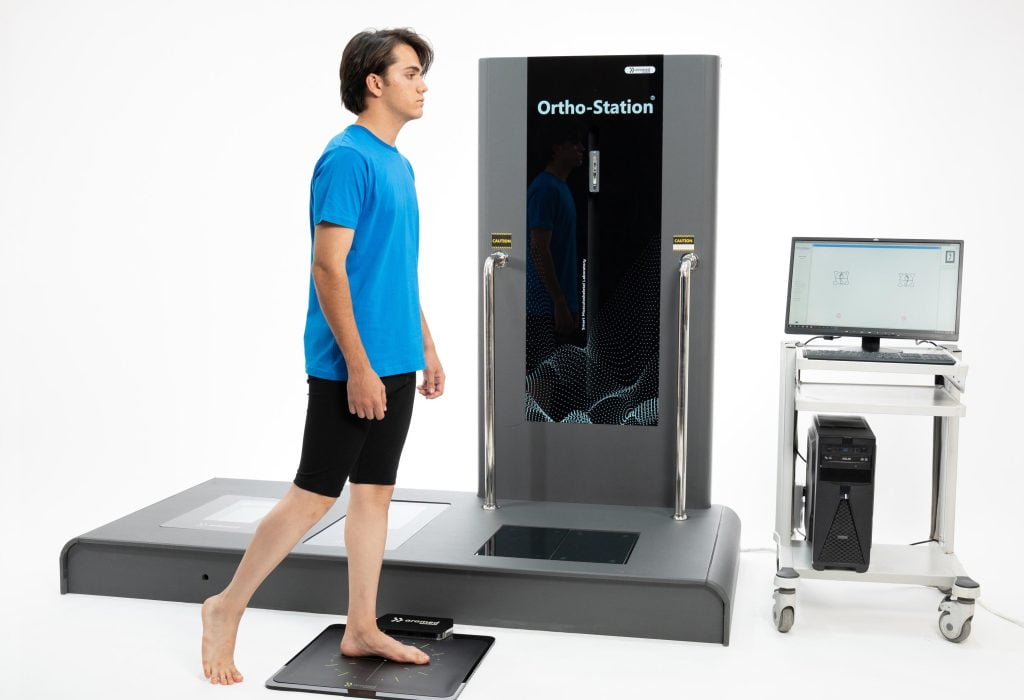
Static Pressure Analysis
- Weight distribution analysis
- Pressure distribution in standing mode
- Stabilometry exams (open and close eyes, various timings, etc)
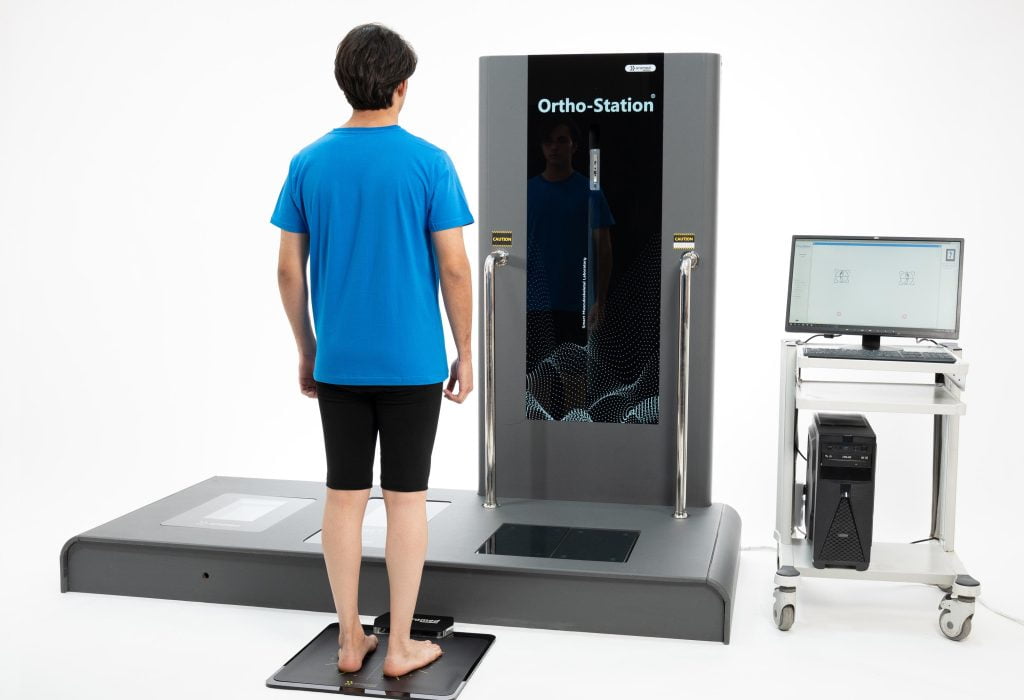
Foot Posture Analysis
- Ankle pronation / supination
- Automated foot posture index calculation

Quick tilts & Joints ROM Measuring
- Shoulder & Pelvic Drop Evaluation
- Pelvic Anterior/Posterior Tilt
- Knees Imbalances Measurement
- Spine Exams in Upright Position
- Spine Functional Exams (Scoliosis Forward and Lateral Bending, Hyper Kyphosis, etc)
- Joints ROM Assessment
- Wireless Connection to Computer
- Printable Report Generation
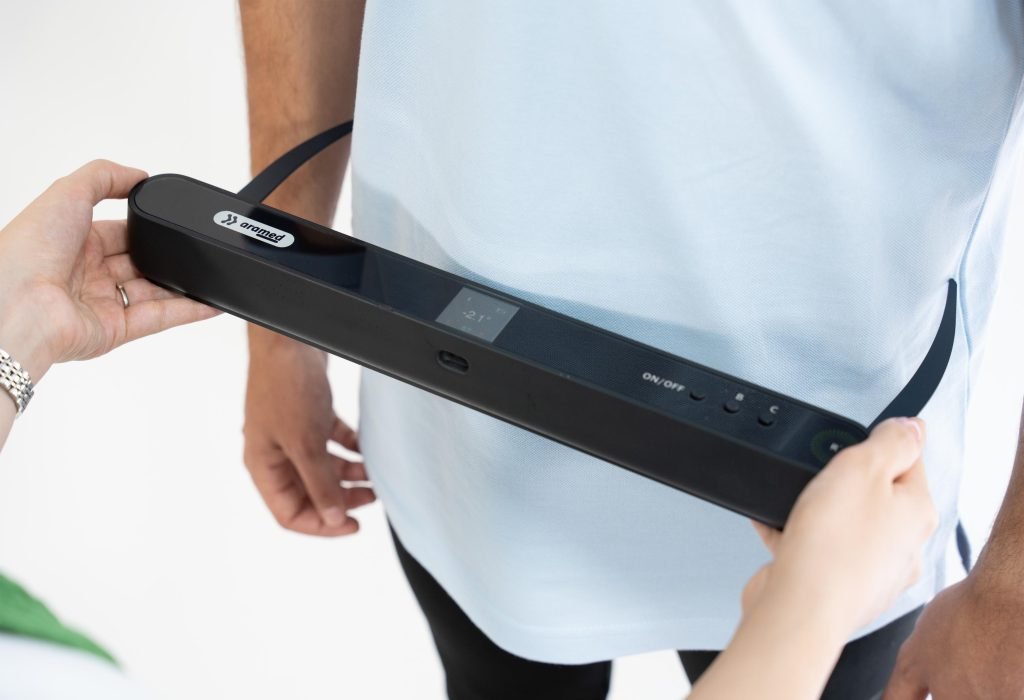
Back & knees analysis
- Infrared/laser whole body scanning
- Full automated posture, spine and knees analysis in coronal and sagittal planes
- Smart leg length discrepancy measuring
- Smart LLD compensation treatment plan validation
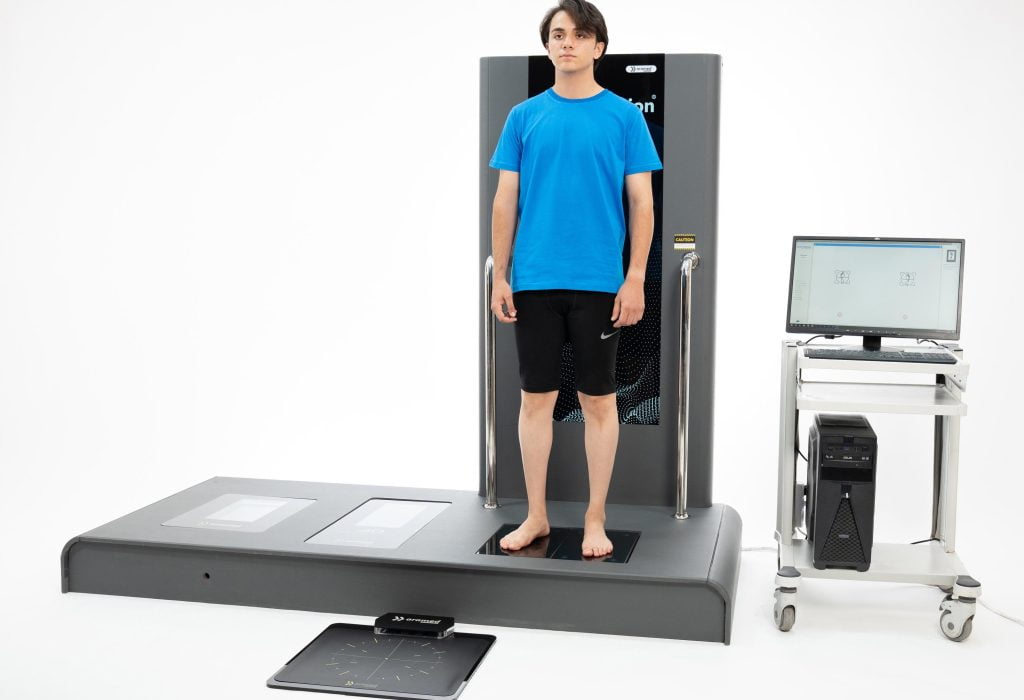
Spine Complementary Exams
- Sagittal View:
- Kyphosis Angle
- Lordosis Angle
- Kyphotic & Lordotic Apex Heights
- Trunk Overall & Segmental Inclinations
- Vertebral Segmentation and Analyses
- Coronal View:
- Lateral Deviations
- Cervical / Pelvic Deviation
- Overall & Segmental Mobility Analyses

Foot Scanning
- 3D laser foot scanning in weight bearing mode
- 2D foot imaging
- Full automated foot arch analysis
- Export to insole design software (CADSOL3D software)
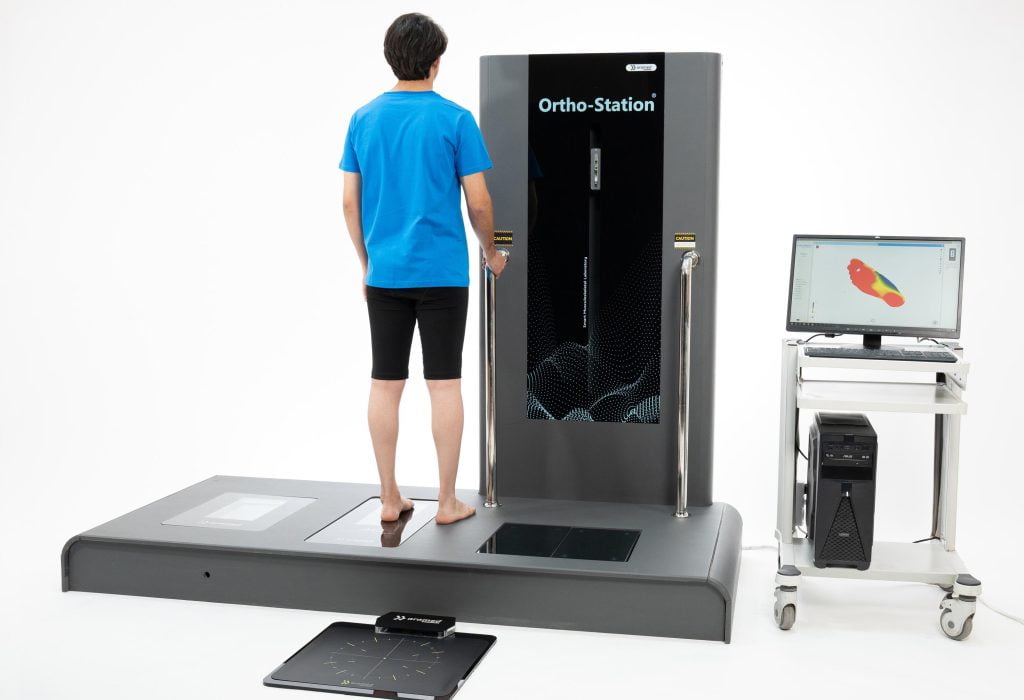
Insole Manufacturing
- CAD/CAM insole & sandal design
- Fully customized manufacturing with 3d printer or milling machines

Corrective Exercises
- Individualized corrective exercises prescription

Models and Configurations



Models Data Sheet
| Parameters | PS2 | OS2 | PRO2 |
|---|---|---|---|
|
Plantar pressure during gait
|
|
|
|
|
Standing weight/pressure distribution
|
|
|
|
|
CoP trajectory analysis
|
|
|
|
|
Stabilometry graph
|
|
|
|
|
Ankle deviations
|
|
|
|
|
Postural tilts analysis (without markers)
|
|
|
|
|
Pelvic anterior-posterior tilt
|
|
|
|
|
Generating diagnostic hypotheses
|
|
|
|
|
Back surface topography analyzer
|
|
|
|
|
LLD interactive simulator
|
|
|
|
|
Spine complementary assessment
|
~
|
~
|
|
|
3D Foot scanning
|
|
|
|
|
2D foot scanning
|
|
~
|
|
|
Orthotics design software
|
|
|
|
|
CAD/CAM orthotics manuf. machine
|
|
|
|
|
Gait analysis system
|
|
|
|

